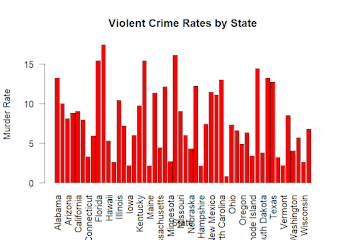Module 12
Creating Visual Social Network Analysis with RStudio
Introduction:
In this blog post, we'll explore how to create a visual social network analysis using RStudio, a popular integrated development environment (IDE) for the R programming language. Visualizing social networks can provide valuable insights into the structure and connections within a network, making it easier to analyze and interpret complex relationships.
Step 1: Install Necessary Packages:
Before we begin, make sure you have the necessary packages installed. In RStudio, you can install packages using the install.packages() function. We'll need the following packages: GGally, network, sna, and ggplot2.
R
install.packages("GGally")
install.packages("network")
install.packages("sna")
install.packages("ggplot2")
Step 2: Load Required Libraries:
Once the packages are installed, load them into your RStudio session using the library() function.
R
Copy code
library(GGally)
library(network)
library(sna)
library(ggplot2)
Step 3: Generate a Random Network:
For demonstration purposes, let's generate a random network with 10 nodes using the rgraph() function from the sna package. We'll then convert it into a network object using the network() function.
R
net <- rgraph(10, mode = "graph", tprob = 0.5)
net <- network(net, directed = FALSE)
network.vertex.names(net) <- letters[1:10]
Step 4: Create Visualization with ggnet2:
Now, let's create a visualization of the network using the ggnet2() function from the GGally package.
R
ggnet2(net)
Step 5: Customize the Visualization:
You can further customize the visualization by adjusting parameters such as node size, color, and edge attributes.
R
ggnet2(net, node.size = 6, node.color = "black", edge.size = 1, edge.color = "grey")
Conclusion:
In this post, we've learned how to create a visual social network analysis using RStudio and the ggnet2 package. Visualizing social networks can help uncover patterns and relationships within the data, making it easier to analyze and interpret complex networks.

.png)
Comments
Post a Comment